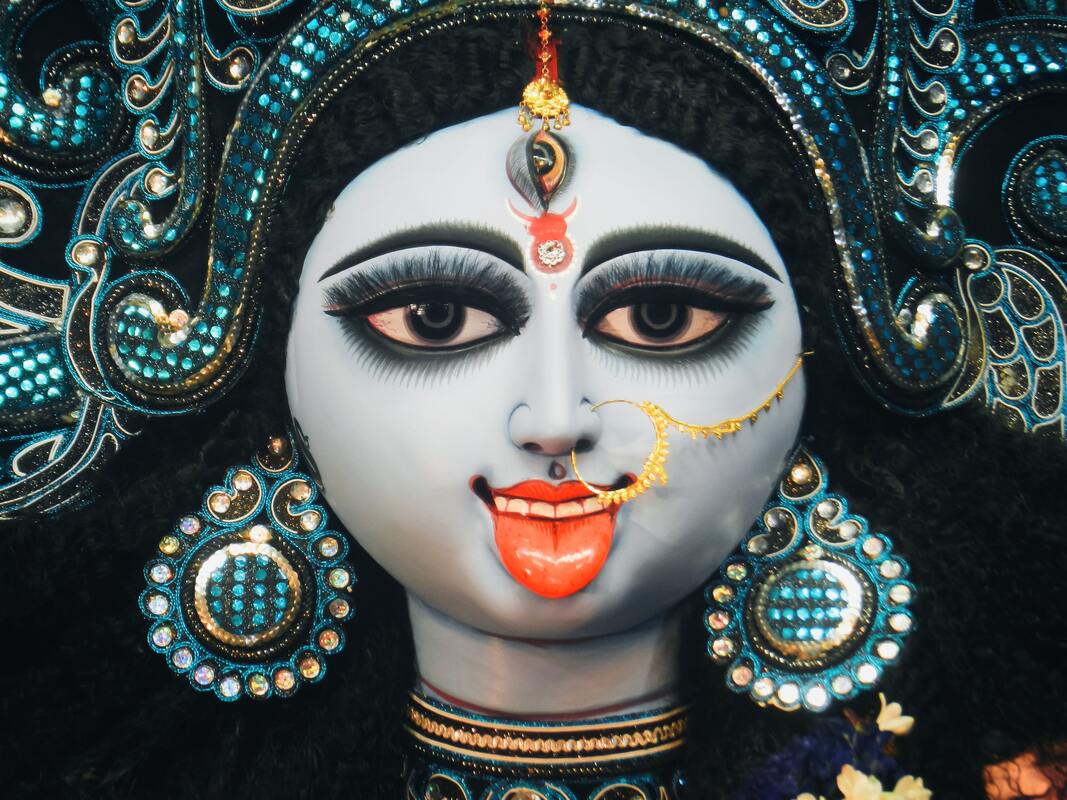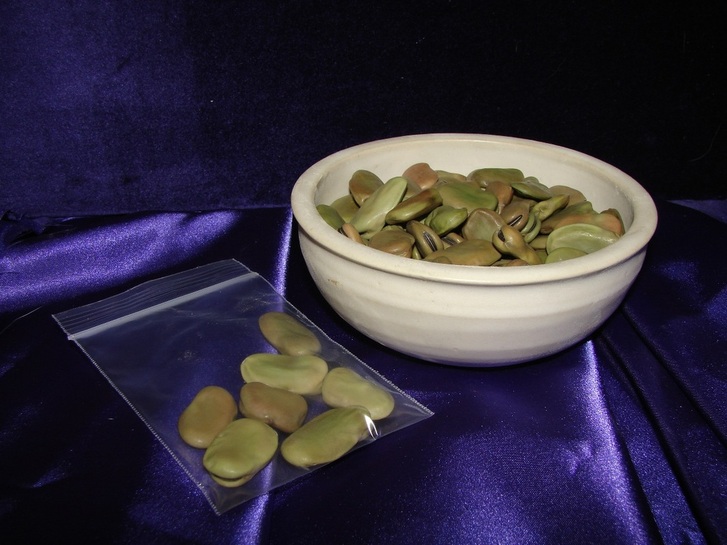From Kali to Mary to Neopagan Goddesses, Religions Revere Motherhood in Sometimes Unexpected Ways6/11/2023 by Alyssa Beall Teaching Assistant Professor of Religious Studies, Humanities, and Philosophy, West Virginia University As we approach Mother’s Day, many groups will hold special events or services to celebrate the holiday. In the United States, Mother’s Day was originally founded in 1908 at Andrews Methodist Episcopal Church in West Virginia and became a nationally recognized holiday in 1914. The mid-May date spread around the world, though many countries still maintain their own dates and traditions. Religions around the world use these days to honor the importance of many kinds of nurturing, from traditional celebrations to events that honor modern parenting, infertility struggles or the pain of losing a child. Motherhood and nurturing are not celebrated only on particular days, however. Many religions include goddess-centered traditions that embrace many forms of the divine feminine as central to their belief systems. As a religious studies professor who travels with students around the world to explore different cultures and practices, I have often noticed the interest students have in the variety of goddess traditions we encounter. Asian traditions Guan Yin, who goes by many variations of her name, is revered as the goddess of compassion and mercy in several different Eastern traditions. Beginning – interestingly enough – as a male bodhisattva called Avalokiteshvara, the goddess figure was adapted in many different cultures around the world. Called Kannon in Japan and Quan Am in Vietnam, she is frequently a focal point of temple worship and is also considered the guardian of sailors and a goddess of fertility. One of the most well-known goddesses in Hinduism, meanwhile, is perhaps the least understood from an outside perspective. Kali is often seen as a terrifying figure, depicted using multiple weapons and dressed in clothing of severed heads and arms. Yet Kali is also an important mother figure who channels her ferocity into the care and defense of all creation. As a manifestation of the primal force of Shakti, Kali is essentially all aspects of motherhood wrapped up into one, often simultaneously caring, loving and fierce. The triple goddess In Neopaganism, an umbrella term for a diverse group of new religious movements most popular in the United States, Australia and Europe, goddess figures also often play a primary role. Neopaganism’s various branches include Wicca and Hellenic reconstructionism, a religion that focuses on the gods and goddesses of Ancient Greece. Of primary importance for many Neopagans is the triple goddess, a figure who encompasses the three aspects of maiden, mother and crone. Sometimes these goddess figures are based on specific ancient deities, such as Persephone, Demeter, and Hekate, and sometimes they are worshipped more generally as representations of various phases of life. More recently, many of these traditions are intentionally expanding to reject ideas of gender essentialism and embrace a range of identities. For some Neopagans, exploring what femininity and masculinity signify in today’s society is an important extension of religious belief and a way to include people who have felt rejected from other religious communities. Beyond the goddess Many other religions revere mother figures, even if they are not worshipped or considered goddesses. Khadija, the wife of the Prophet Muhammad and the first convert to Islam, is given the title “the Mother of Believers,” signifying her importance for the development of the religion. Devotion to Mary, mother of Jesus, has been common throughout the history of Christianity and remains popular today. In Judaism, the idea of “Shekinah” has been influential in some feminist thought. Rather than representing a single woman or female figure, Shekinah is seen as the feminine aspect of the divine, a manifestation of God’s wisdom on Earth. Nurturing and compassion are key concepts in a variety of religions, whether they are represented as specific goddess figures, archetypes of the feminine or new religious developments that embrace shifting ideas about gender. * This article first appeared on the Conversation.
0 Comments
Searching for Luck When I began compiling a list of charms for good luck for an ebook for Creole Moon's Conjure Club, I came across some real doozies. Some of the lucky charms are really old practices and beliefs, and I have no explanation for why they are considered good luck. But they are interesting nonetheless. I have listed three lucky charms and a formula for Lady Luck conjure oil below for you enjoyment. Lucky Fava Bean Here’s an interesting lucky charm to help a friend get good luck for a particular circumstance. Walk around the person three times in a sunwise direction, then give him or her a fava bean on which you have inscribed the number 7. Tell them to make their wish on the fava bean and keep it with them until their wish is answered. Once it is answered, the person should pass it on to someone else in need of good luck by performing the same action - walking around the person in need of good luck and then passing on the fava bean. In that way, it keeps the positive energy flowing with a domino effect. Lucky Beef Tongue It is lucky to carry the tip of a dried beef tongue in your mojo bag. It is said to keep folks from talking smack about you. Horseshoe Talisman To make a good luck horseshoe talisman, take 9 pods of garlic, 9 sprigs of thyme and 9 sprigs of parsley and place in a small brown paper bag and wrap around the bag 9 times with red string, then tie the packet to the horseshoe and hang it over your door (adapted from Hyatt, 1978 Vol. 2). Formula for Lady Luck Conjure Oil The formula for Lady Luck conjure oil is as follows: Irish moss, cloves, cinnamon, orange and a lodestone in a base of almond oil. Use to anoint candles, ritual tools, your wallet, purse, anywhere you keep money, playing cards, dice and anything connected to playing games of chance; pour a few drops in your palms and rub your hands briskly together before gambling to sway luck in your favor. |
Denise AlvaradoAuthor and Voodoo Muser, setting lights, working mojo, throwing wanga, and working wonders in liminal spaces and dusty crossroads. Archives
June 2023
Categories
All
|
Follow Us on Twitter
© The Voodoo Muse, All rights reserved worldwide.
Web design by Voodoolicious Designs.
Proudly powered by Papa Legba.
Web design by Voodoolicious Designs.
Proudly powered by Papa Legba.







